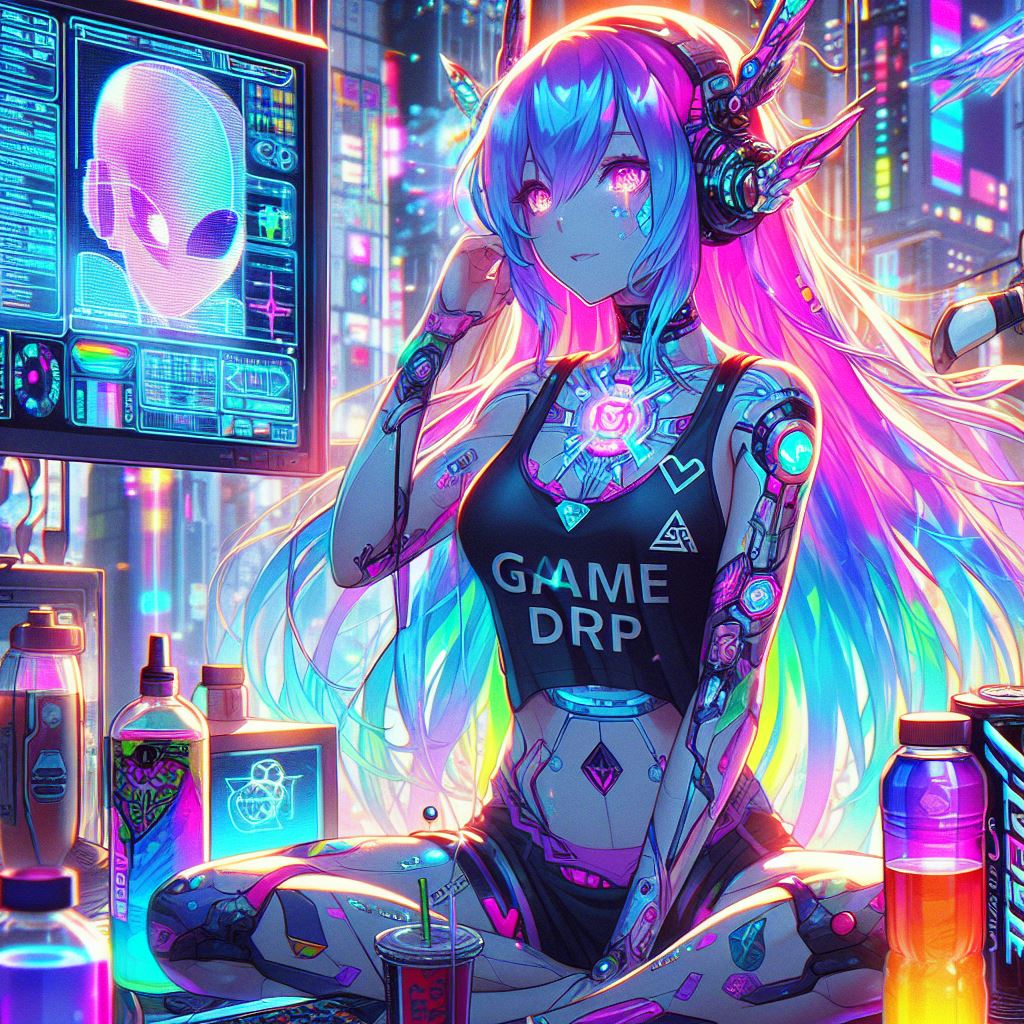As featured on Minecraft Servers Listing
#TECHNOMAGICRPG #WIPE #Minecraft #server
❤️ TechnoMagicRPG server is ideal for those who crave real adventure.

❤️ You are waiting for a really interesting and unusual development system, which includes a mixture of technology, magic and RPG elements!
❤️ You will be able to discover and visit many new worlds that you could not even imagine before.
❤️ You will be given the opportunity to choose: light armor with the ability to fly or heavy halite, in which you will be protected from everything.
❤️ You have to find and defeat a wide variety of mobs and bosses (captains and majors), for the fight with which you need to think through your tactics of warfare.
❤️ The beauty of biomes on RPG servers is truly gorgeous!

❤️ Fight, develop, fight and go on the adventure!
❤️ All this only on TechnoMagicRPG servers!
❤️ List of mods
Advanced Solar Panels – Supplement to Industrial Craft 2, adding several new types of solar panels, which are noticeably better than conventional
AnimalsPlus – Modification that adds variety to the animal world of the game.
Applied Energistics 2 – Modification, which contains a large number of new content, mainly centered around the concept of using and converting energy in a unique way. Most of the functions are connected with the ME network or are part of it.
Baubles – Adds special slots for jewelry, now you can wear rings, amulets and various cool buns
Botania – Adds a lot of colors to the game, of which your further development will be composed
CustomNpcs – Mod that adds NPC, with which you can do a lot of quests that players will take and complete.
DivineRPG – Modification that adds new worlds and new mobs to the game. Makes survival a lot more interesting.
Dragons Radio Mod – Mod that adds Radio to the game. With it, you can listen to radio streams through the URL.
Electro-Magic Tools – Addon for Thaumcraft and Industrial Craft 2, linking them together, forcing the use of common energy
Graviation Suite – An addition to the IndustrialCraft 2 mod, adding several new types of armor and tools to the game
IndustrialCraft 2 – Industrial production (metallurgy, electrical engineering, agriculture), thanks to the appearance of various types of energy, new devices and tools
Iron Chest – A mod that adds new chests to the game in which you can store up to 108 different items
MineFactory Reloaded – aims to automate a number of tasks that were previously laborious or boring. It also provides some additional units and machines. It adds the ability to automate the processing of farm animals and plants, also adds several types of rails and new mechanisms. This will save you from the tedious work of planting grain, harvesting, raising livestock
Nuclear Control 2 – Supplement to the IndustrialCraft 2 mod, allowing you to create a system for monitoring and monitoring your nuclear reactors
OnlinePictureFrame – Adds a picture frame for images with the ability to download images by URL
Power Utilities – Modification that adds a power converter to the game, which allows you to quickly turn one type of energy into another.
Solar Flux – Modification that adds a lot of solar panels that generate RF energy.
Thaumcraft 4 – Get ready to learn the world of magic in full. Many magical aspects, filling rituals, wormholes, magic wands, otherworldly forces and various experiments are waiting for you.
Thaumic Energestic – Add-on for Thaumcraft and Applied Energistics 2, created to integrate these mods.
Thaumic Tinkerer – Add-on for Thaumcraft, which adds many useful things, such as the Osmotic enchantment table, ichoric instruments, armor, new types of knobs and much more.
Thermal Dynamics – An add-on to Thermal Expansion, adding a large number of pipes to transport energy, water and resources.
Thermal Expansion – A modification that adds new resource processing mechanics and the organization of automatic production to the game, new resources, their processors, as well as energy and devices for its generation and storage.
Thermal Foundation – Addition to the Thermal Expansion, adding a variety of ores to the game, from which you can craft armor, tools and parts for mechanisms.
Voice Chat – Allows you to chat in voice chat with other players and quickly exchange important information, for example during a battle with the boss or just chat.
Cosmetic Wings – Allows you to wear wings
Mekanism is a modification for SSP and SMP Minecraft modes, adding a multi-stage ore processing system, the organization of automatic production, gases, as well as a new resource – osmium.
T’Construct – Allows you to create tools and weapons from individual parts, each of which is responsible for certain parameters
vk.com/mcskill






















